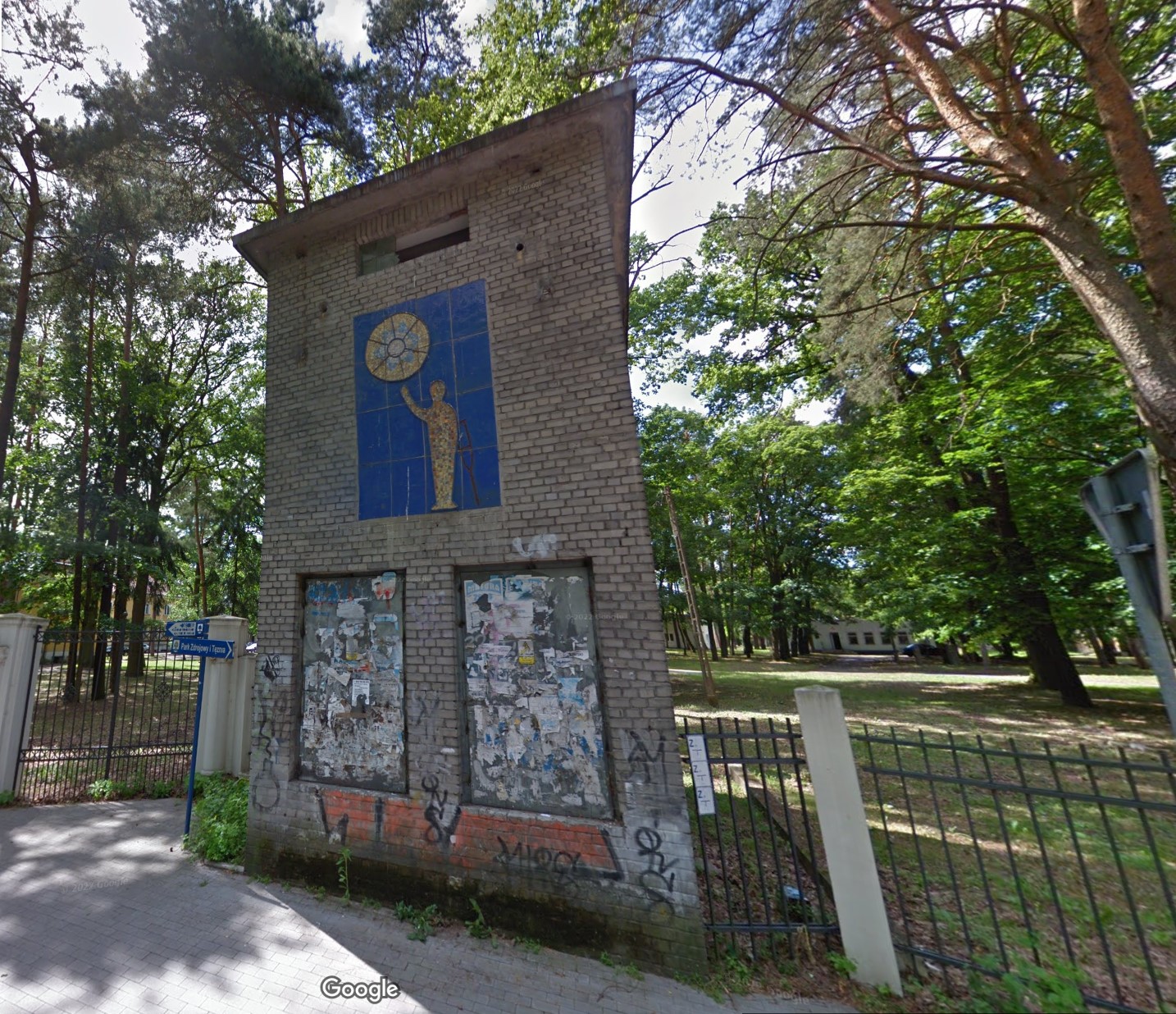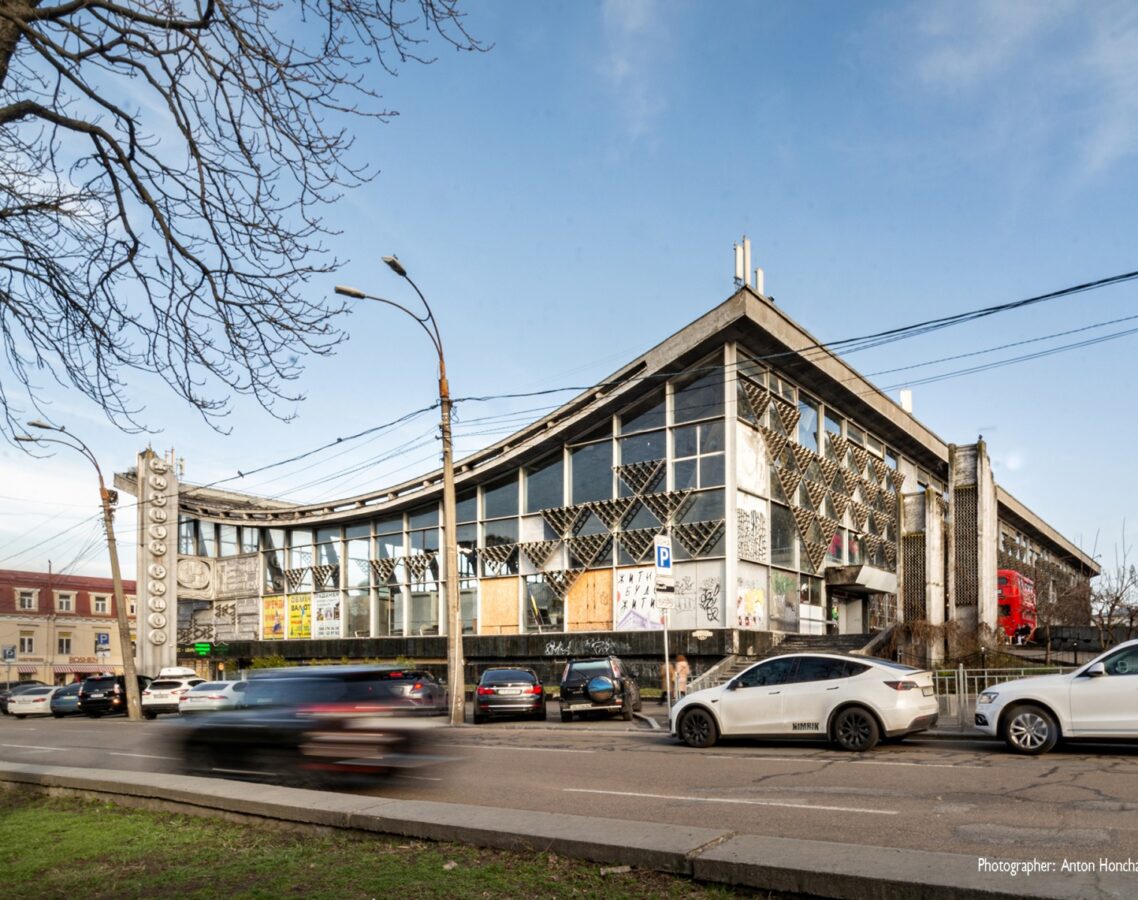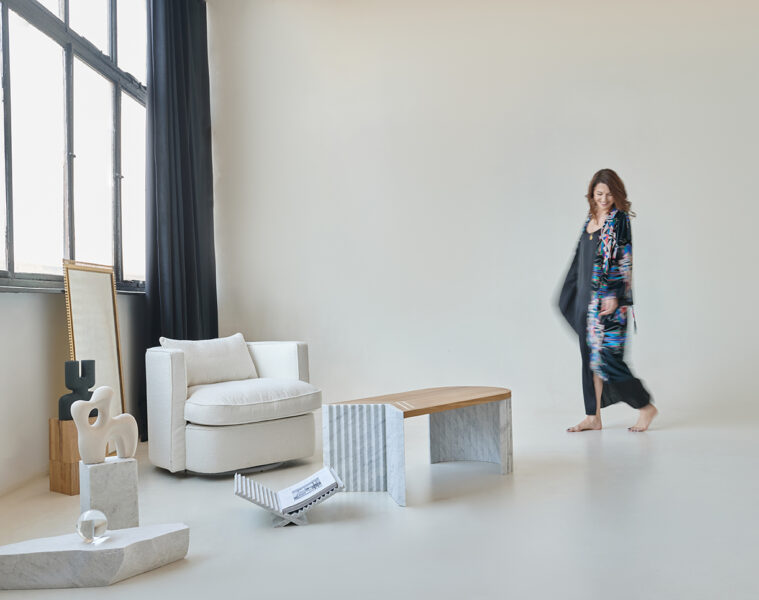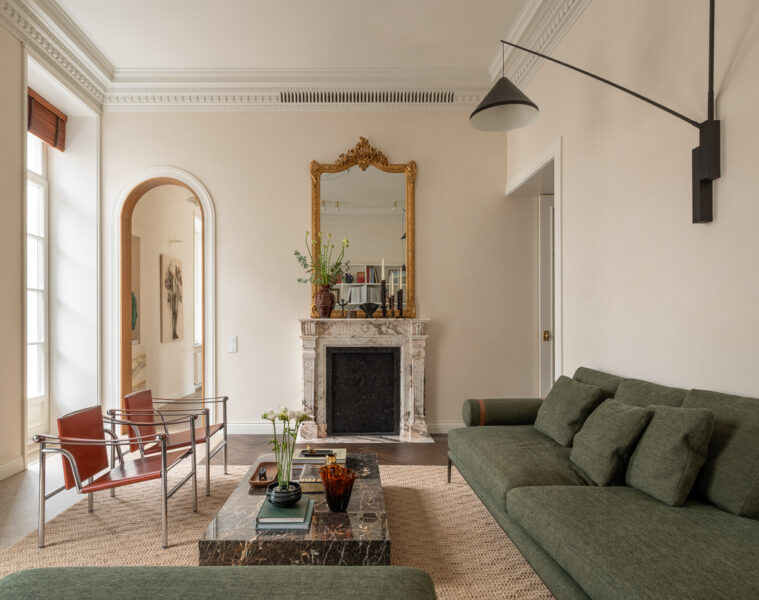It is probably the only transformer station of its kind in Poland. The mosaic was made in 1964 by Krzysztof Henisz. The work has just been entered in the register of monuments
It is inconspicuous. The now defunct transformer station in Konstancin-Jeziorna is located at 12a Wierzejewskiego Street. The modest building is distinguished by one of its walls – it features a ceramic decoration by Krzysztof Henisz, who made it in 1964. Now Professor Jakub Lewicki, the Mazovian Voivodeship Conservator of Monuments, has decided to enter it in the register of movable monuments of the Mazovian Voivodeship
The decoration was made by Krzysztof Henisz. This artist, born in 1914 and who died in 1978, was a graduate of the Academy of Fine Arts in Warsaw. He lived in Konstancin for many years. Together with Bolesław Książek and Zygmunt Madejewski, he was a co-author of the so-called ‘Łysogórski experiment’. This was a project in which ceramic decorations were created in cooperation with the “Kamionka” Ceramic Products Cooperative in Łysa Góra, which then decorated buildings and interiors
The listed decoration, created in 1964, was commissioned by Professor Marian Weiss, a prominent orthopaedic surgeon and director of the STOCER Rehabilitation Centre in Konstancin. The composition was made in ceramic technique and fired probably at the Kamionka People’s and Artistic Industry Work Cooperative near Krakow. The entire representation is composed of 16 modules – rectangular ceramic plates. It depicts a figure with an orthopaedic crutch supported against its left side and a right hand stretched upwards towards the solar disk,” informs the Mazovian Regional Monuments Conservator
The transformer station is located on the premises of the former Stołeczne Centrum Rehabilitacji STOCER, which after the political change was transformed into Mazowieckie Centrum Rehabilitacji “STOCER” Sp. z o.o. and still operates today
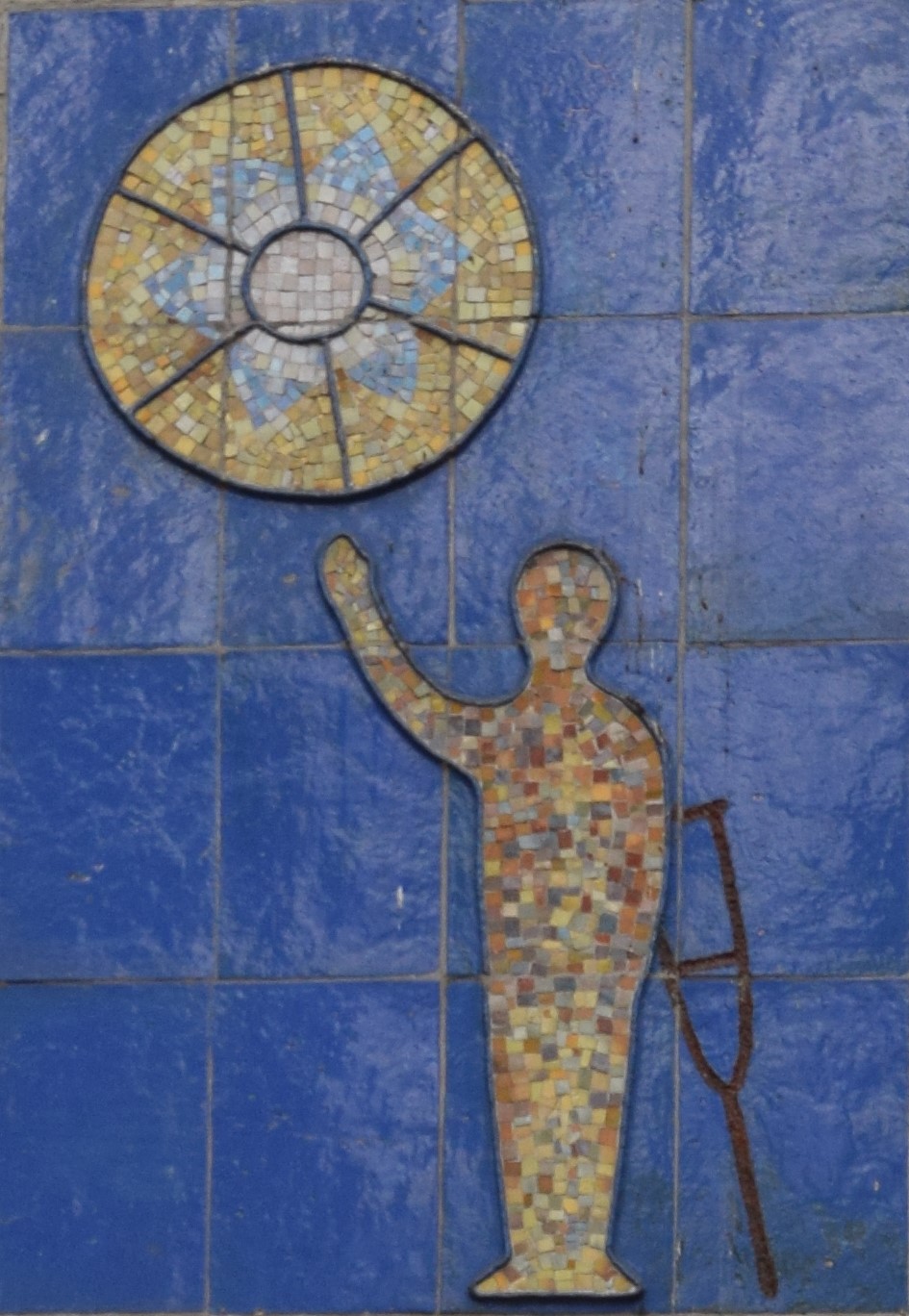
The ceramic decoration by Krzysztof Henisz is valuable because of its connection to the so-called ‘Lysogory experiment’. The ceramic plates realised by artists in the “Kamionka” cooperative were distinguished by their artistic and decorative qualities
The relics of this type of realisation are now unique objects in the architectural landscape of Polish cities and as such deserve permanent conservation protection,” adds Prof. Jakub Lewicki
The mosaic is a valuable testimony to the Polish visual and applied arts of the 1960s. It is also linked to the history of the city, the local community and the history of the local rehabilitation centre
source: Mazovian Voivodeship Historic Preservation Officer
Read also: Art | Curiosities | Mosaics | Ceramics | Detail | whiteMAD on Instagram
